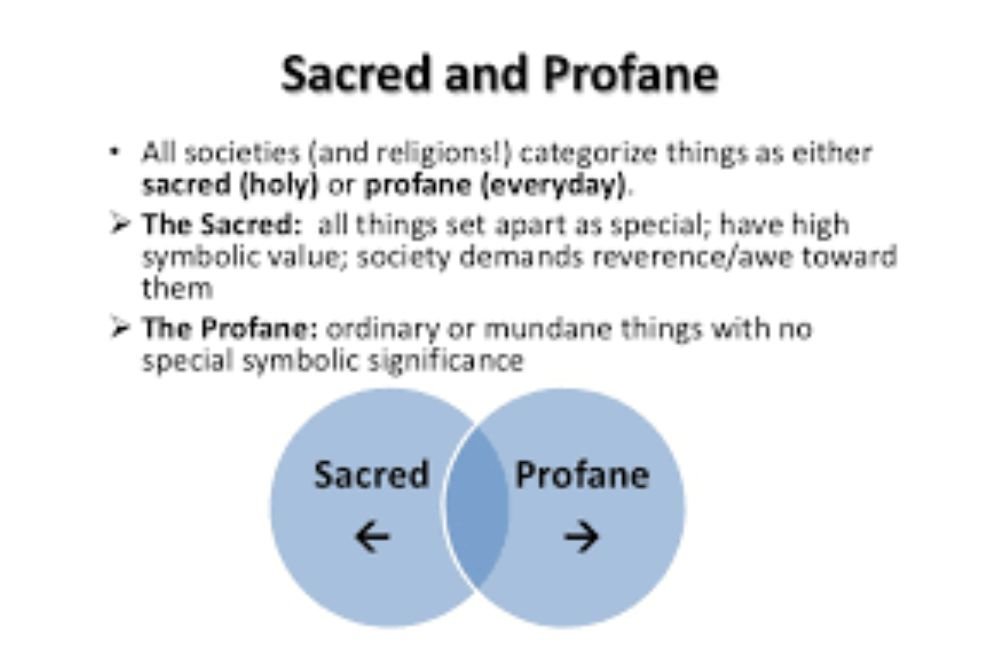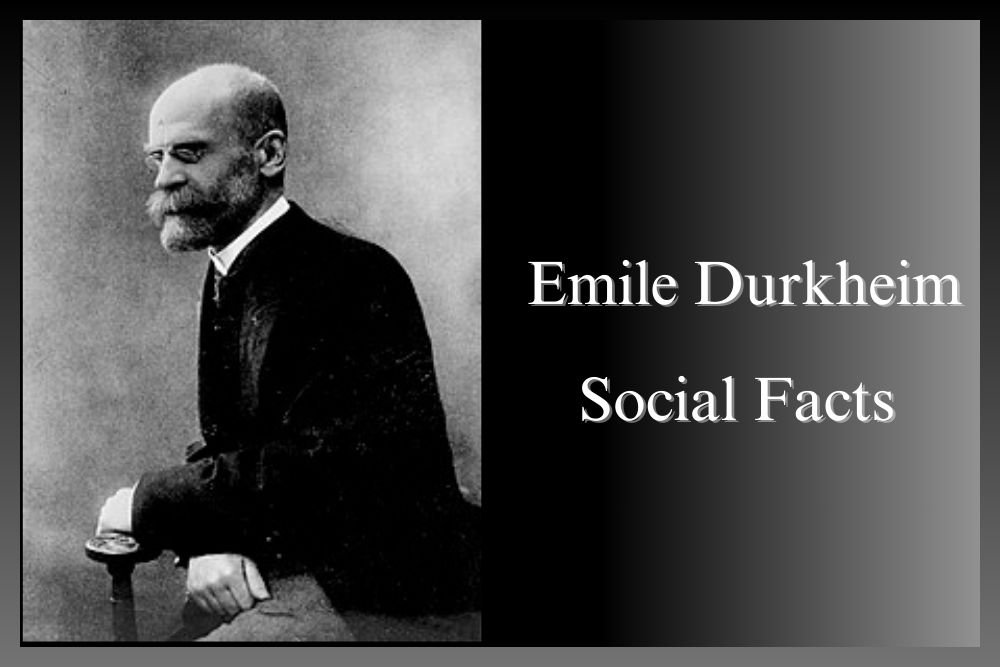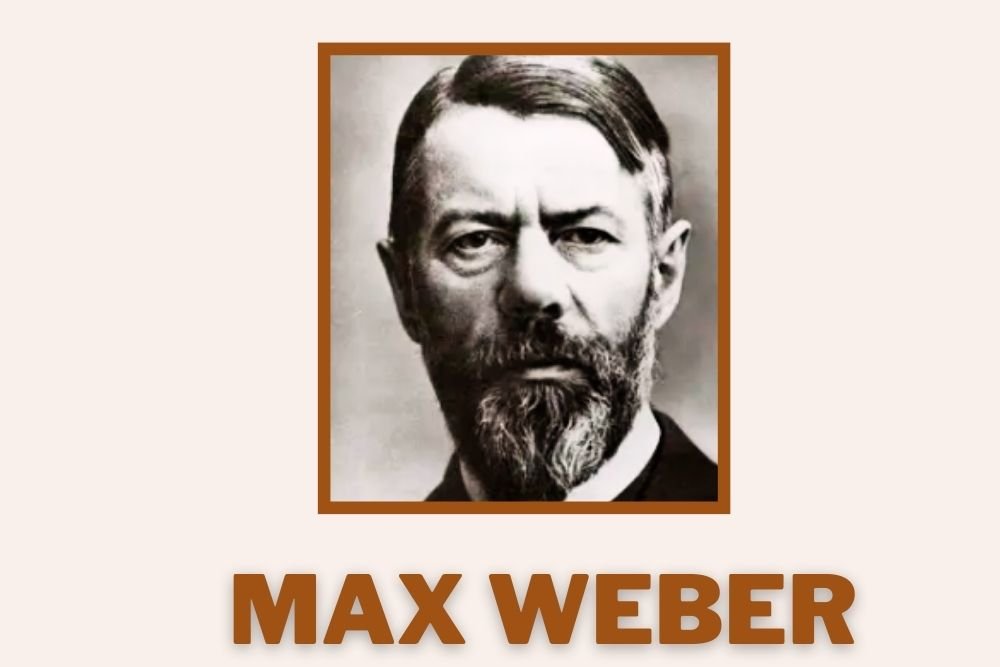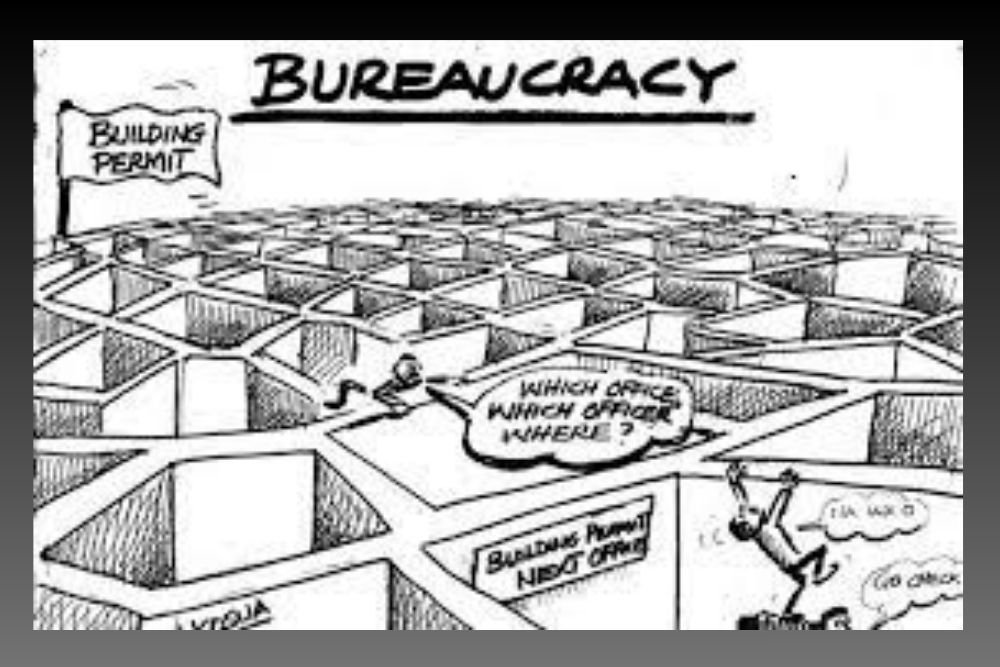
Emile Durkheim, hailed as a foundational figure in the field of sociology, bequeathed to the discipline a profound conceptualization — Social Facts. These encompass a myriad of elements shaping human behavior and societal structures, forming the bedrock of Durkheim's sociological paradigm. Within this expansive framework, Durkheim discerned a critical dichotomy — Material and Non-material Social Facts. This nuanced distinction serves as a guiding light, unraveling the intricate dynamics inherent in the societal tapestry.
Material Social Facts, the tangible manifestations within the social sphere, represent the observable, concrete elements that exert influence and shape individual behaviors within a society. In Durkheim's conceptualization, institutions, buildings, tools, and technologies stand as exemplars of material social facts. These physical entities, with their palpable presence, hold significant sway over societal norms, interactions, and the very structure of communities.
For instance, consider the institution of education, a prime example that aligns seamlessly with Durkheim's exploration in "The Division of Labor in Society." Here, the physicality of schools and classrooms, alongside the tangible curriculum, emerges as a material social fact. These become more than physical spaces for education; they are conduits through which societal values are transmitted, collective identity is forged, and individuals are integrated into the broader social fabric.
Conversely, Non-material Social Facts transcend the tangible realm, encompassing the intangible aspects of social existence. Norms, values, beliefs, and collective consciousness fall under this category — abstract elements that wield significant influence despite lacking a physical form. Durkheim posited that these intangible forces are equally potent in guiding individual behavior and shaping the overarching order within societies.
Durkheim's exploration of suicide rates in "Suicide: A Study in Sociology" exemplifies the profound impact of non-material social facts. Here, he scrutinizes how societal norms and values, being inherently intangible, influence the occurrence of suicide. The concept of Anomie, a state of normlessness, underscores the consequences when non-material social facts erode, leading to a breakdown in social integration and an increase in deviant behaviors.
The dichotomy between material and non-material social facts proves to be pivotal for understanding the intricate interplay within societies. Durkheim's approach aligns seamlessly with the broader sociological perspective, where scholars like Talcott Parsons, in "The Social System," further expounded on the symbiotic relationship between material and non-material aspects. Parsons emphasized that societal structures, both tangible and intangible, work in tandem to maintain equilibrium and contribute to social order.
Moreover, Robert K. Merton's seminal work on Social Structure and Anomie provides further depth into the consequences of imbalances between cultural goals and institutionalized means. Merton's theoretical framework delves into how societal values and norms, as non-material social facts, influence individual aspirations and behaviors, showcasing the intricate dynamics within the sociological landscape.
In conclusion, Emile Durkheim's dichotomy between material and non-material social facts offers a comprehensive lens for sociologists to analyze the intricate dynamics of societies. Material social facts, with their tangible presence, and non-material social facts, with their intangible influence, collectively shape the complex tapestry of human interactions. Scholars, thinkers, and theoretical frameworks, such as Parsons and Merton, further enrich this sociological discourse.
As students embark on the exploration of social facts — both material and non-material — they traverse the intellectual landscape laid out by Durkheim and his intellectual successors, contributing to the ongoing evolution of sociological knowledge. This expansive journey beckons students to engage with the richness and complexity of social facts, nurturing a deeper comprehension of the forces that shape our collective existence.
Durkheim's legacy remains a beacon, guiding scholars to unravel the mysteries that lie beneath the surface of societal structures and contribute to the continual evolution of sociological thought. The intricate interplay between material and non-material social facts forms the crux of sociological inquiry, inviting scholars to delve deeper into the complexities of human society. As students navigate this intellectual terrain, they not only absorb the foundational insights of Durkheim but also pave the way for future sociological exploration and understanding.










































































